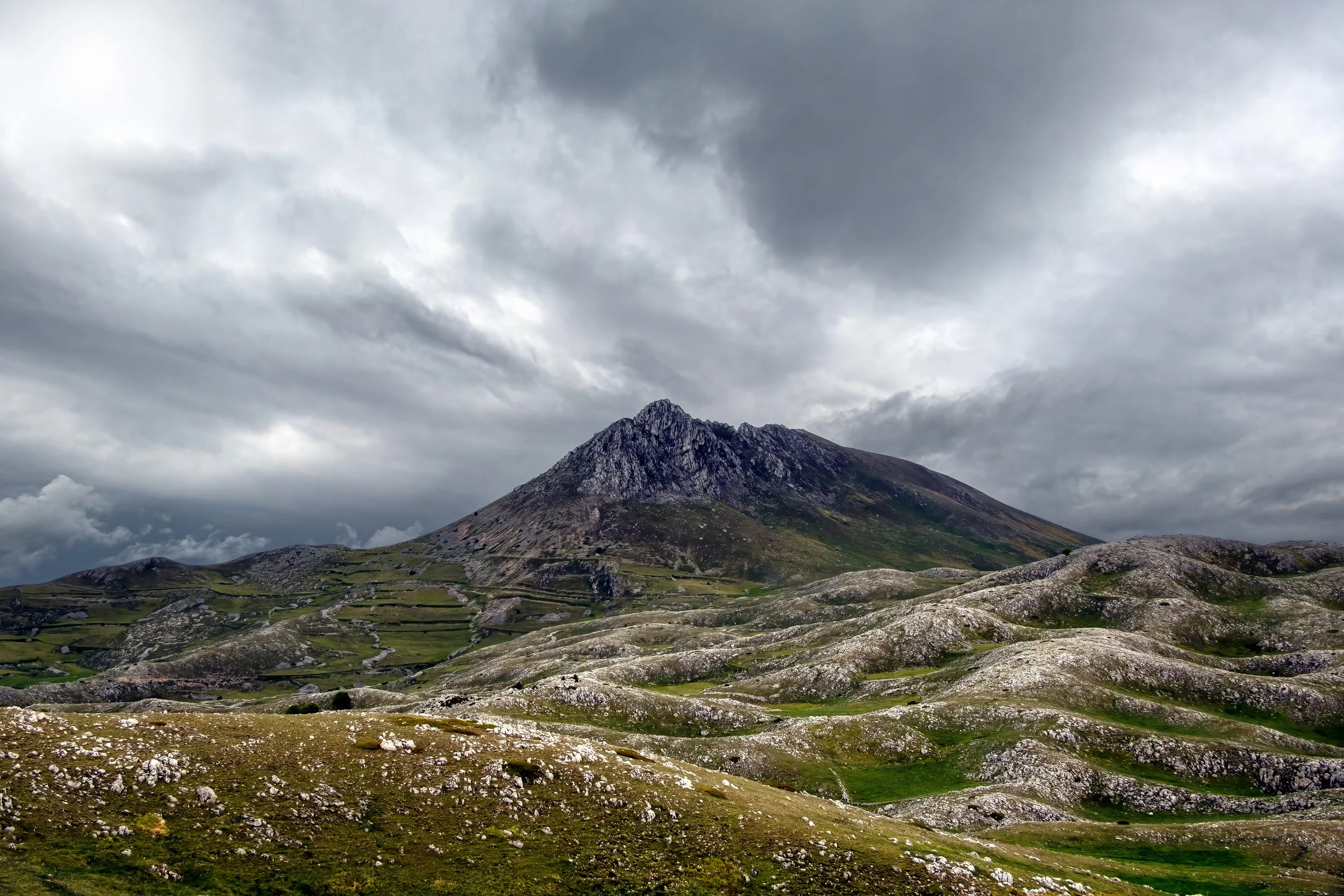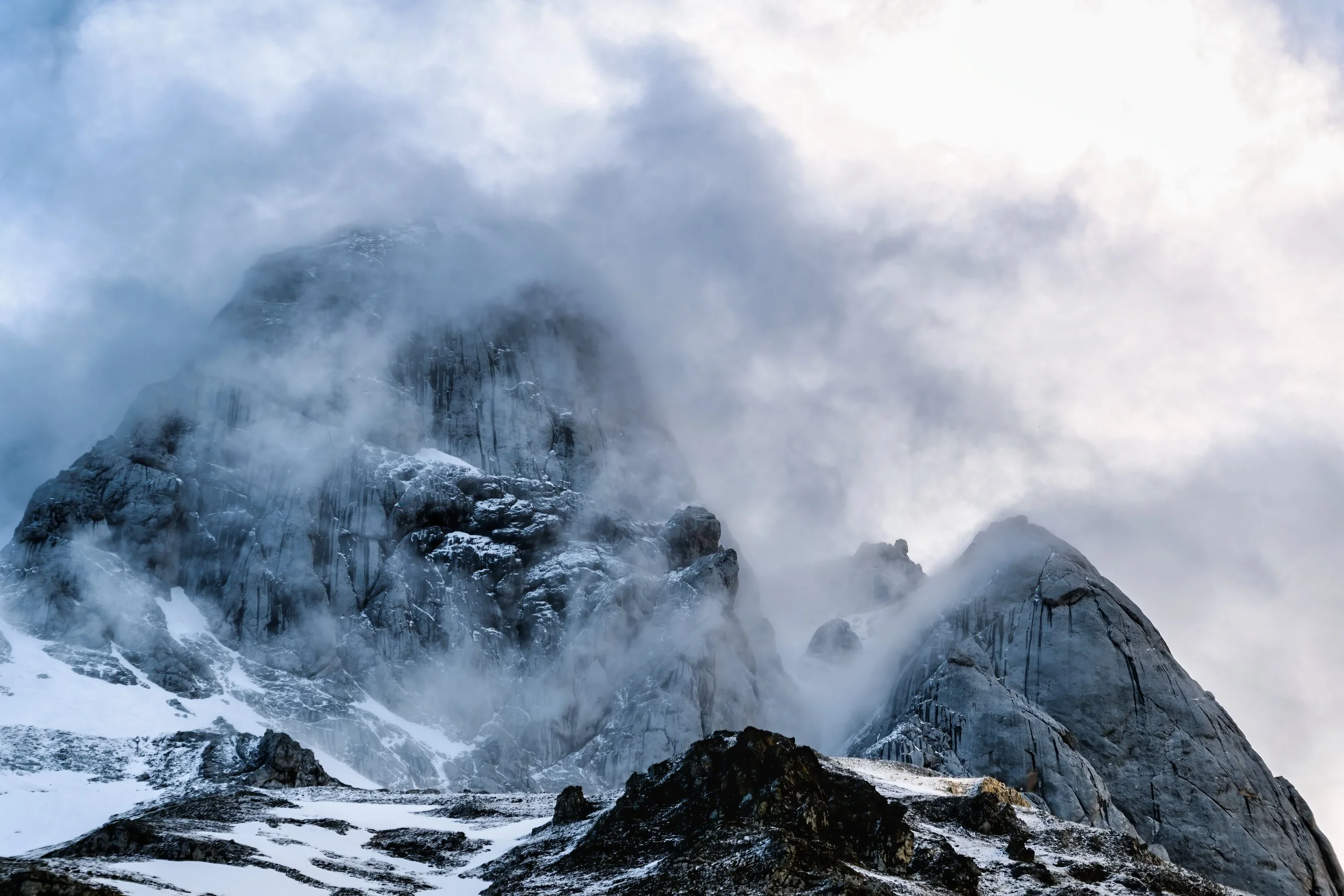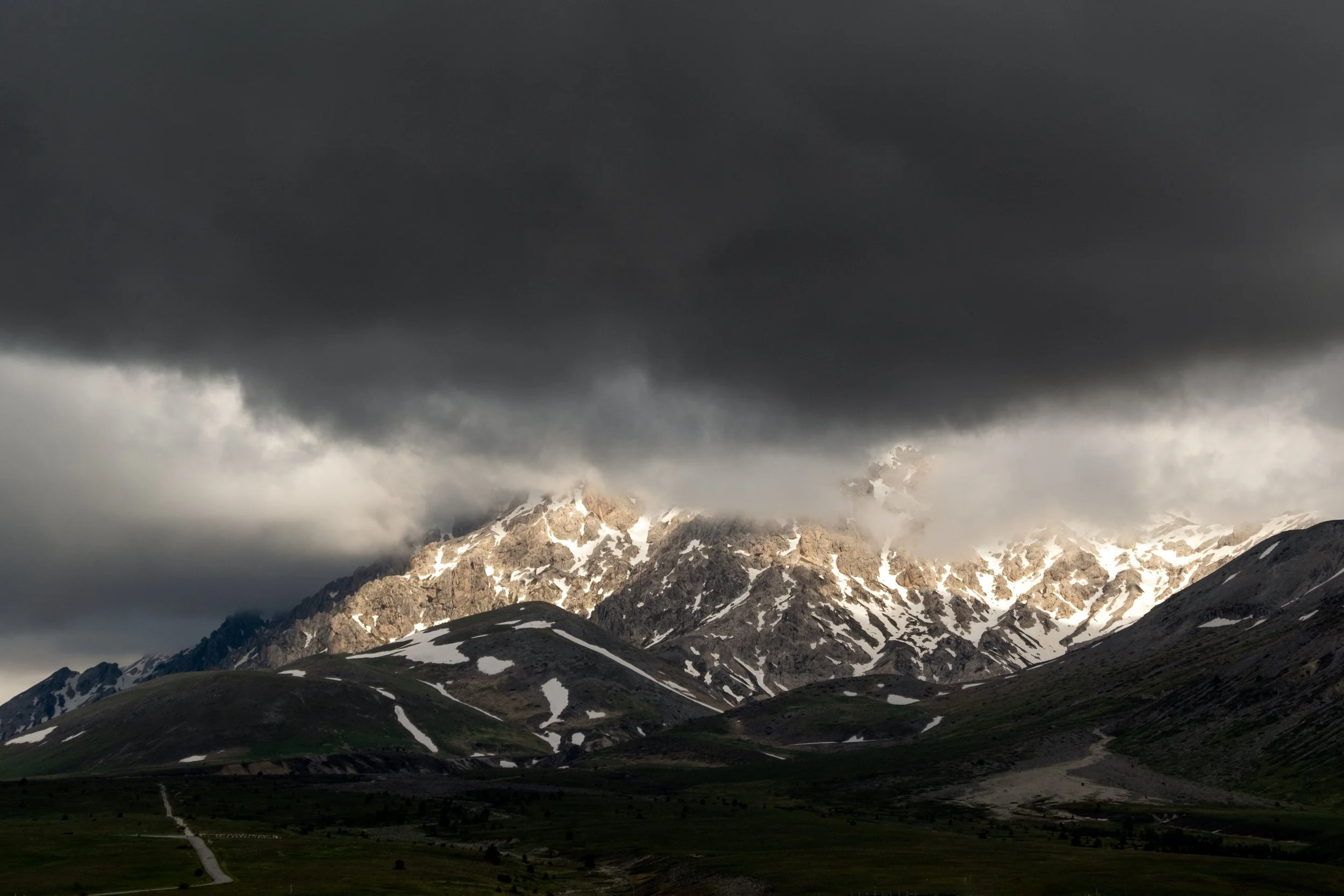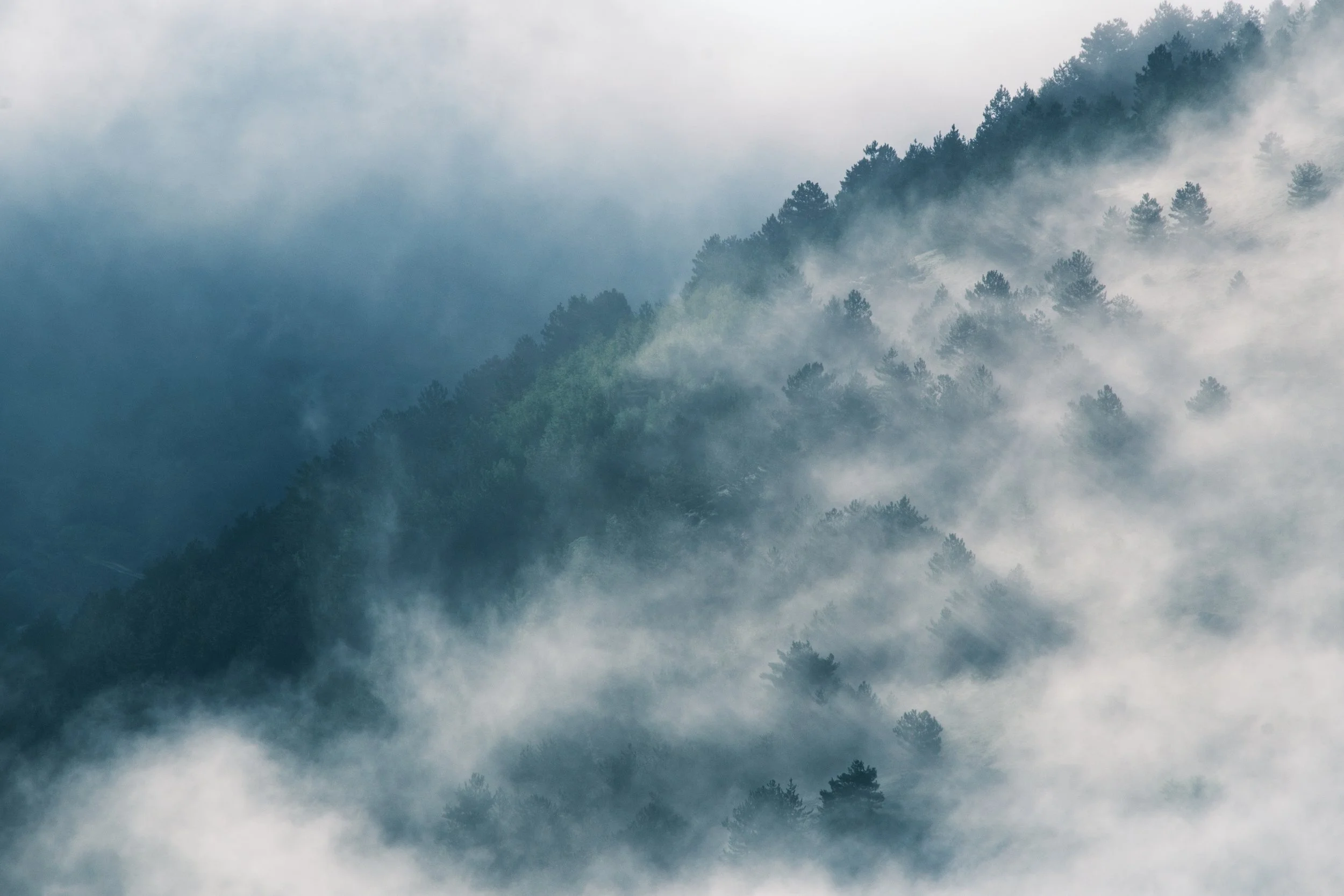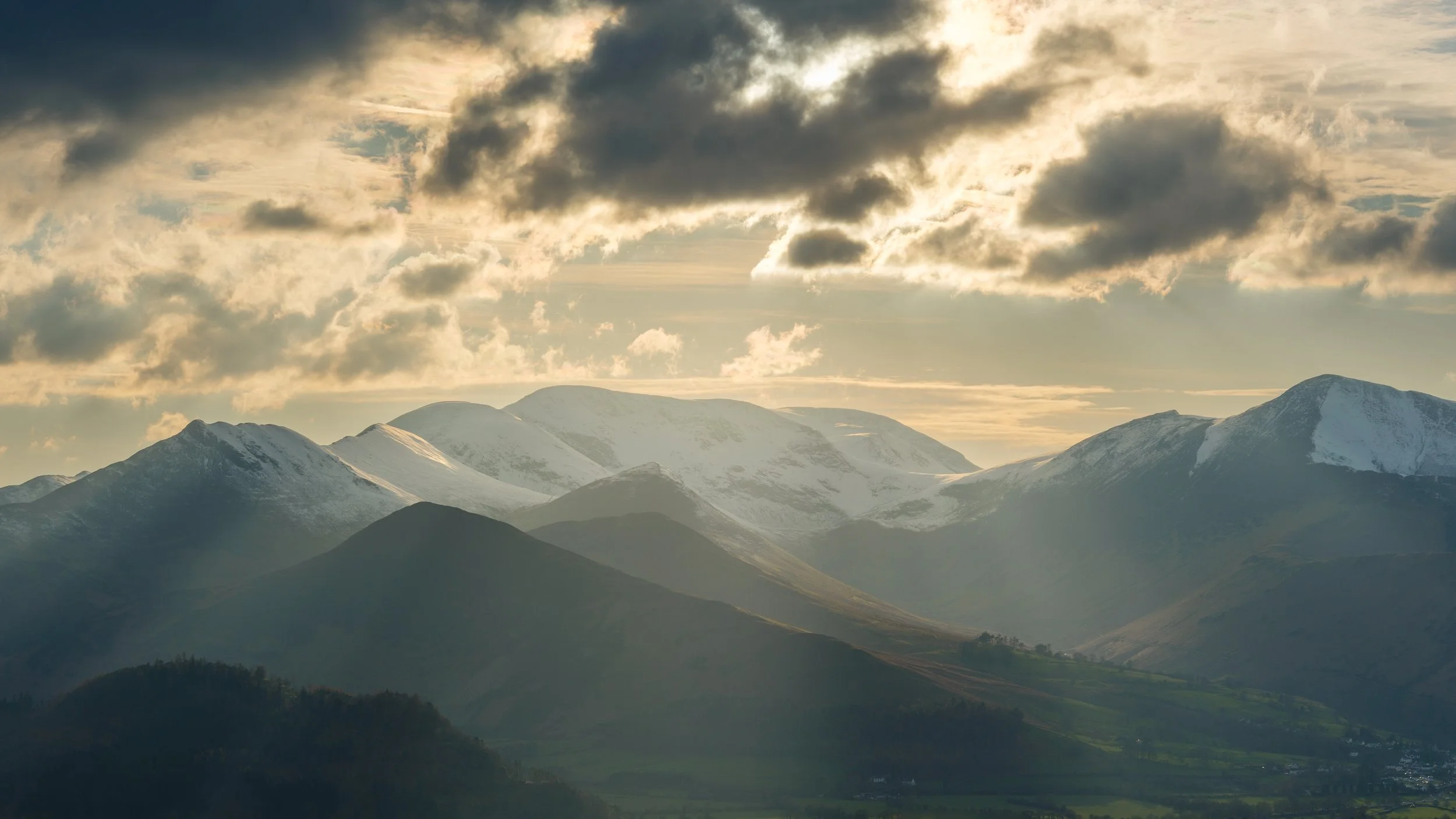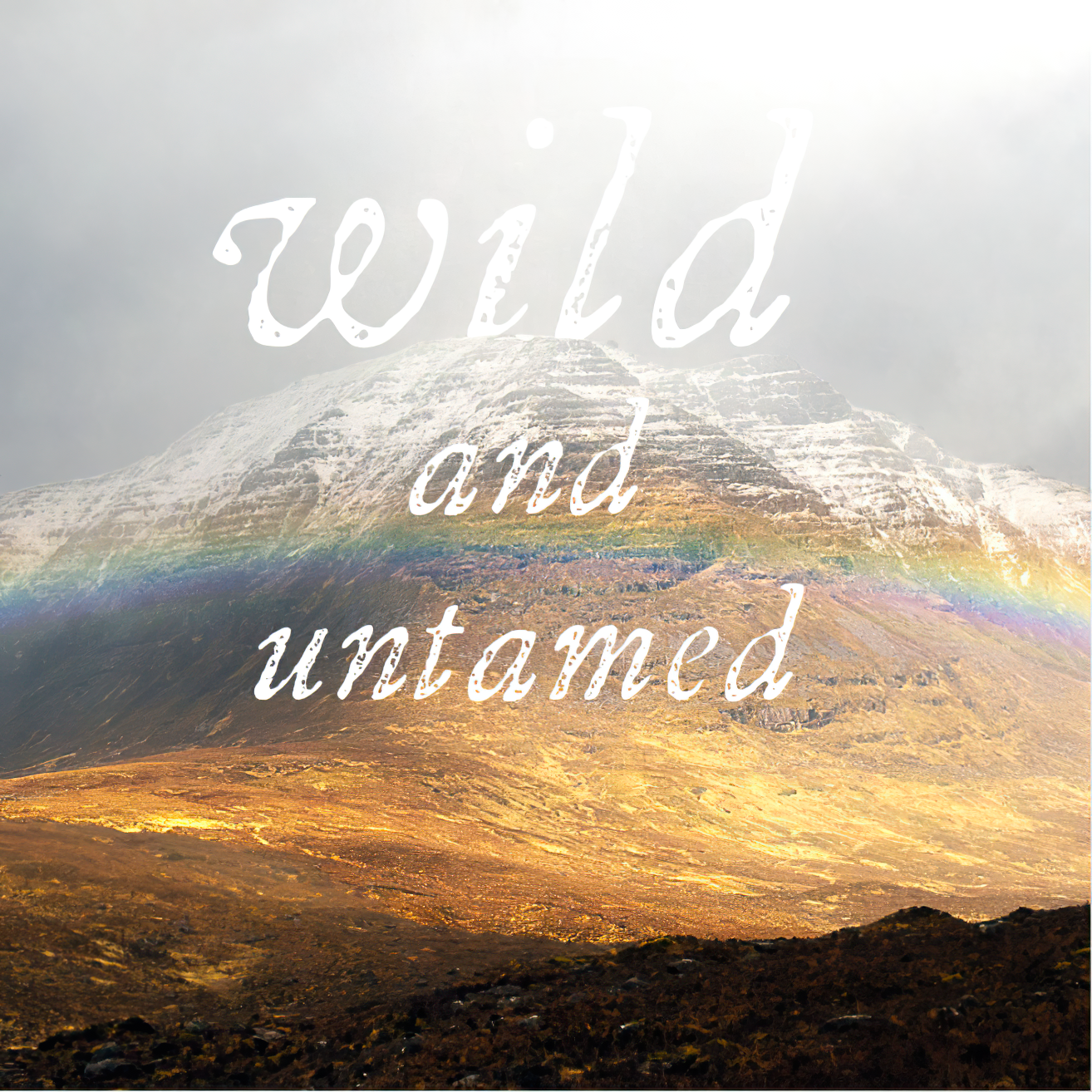STORIES AND INSIGHTS FROM THE LANDSCAPE
Tips, Adventures, and Behind-the-Scenes Inspiration
Why You Shouldn’t Rely Only on Golden Hour (and How to Photograph All Day)
Golden hour might be the most talked-about time in landscape photography, but it’s far from the only one worth shooting. From dramatic midday shadows to stormy skies, soft overcast light, and even the quiet tones of blue hour, learning to photograph all day will transform your creativity and help you capture landscapes in their true variety
Introduction
If you’ve read any landscape photography advice, you’ve probably been told that the only time to shoot is at golden hour — those magical windows just after sunrise and just before sunset when the light is soft, warm, and directional.
And yes, golden hour is special. But if you only pick up your camera during those times, you’re missing out on a whole world of photographic opportunities. Great landscape photography doesn’t come from the clock — it comes from how you see, adapt, and work with the conditions at any hour of the day.
Here’s why you shouldn’t rely solely on golden hour — and how to make the most of light all day long.
1. The Reality: Golden Hour Is Short
Golden hour lasts around 30–60 minutes depending on the season and location. If you limit yourself to this window, you’re restricting your creative opportunities. Landscapes are dynamic, and light shifts constantly — the rest of the day offers textures, moods, and stories that golden hour can’t.
2. Midday Light Can Be Dramatic
Why it’s overlooked: Harsh midday sun is often seen as “unphotogenic.”
Why it works: That strong overhead light can bring out textures in rocks, emphasize the starkness of a moorland, or create dramatic contrasts in desert or coastal scenes.
How to use it:
Look for graphic shadows and bold shapes.
Shoot black and white — midday contrast can be perfect for monochrome work.
Use polarising filters to cut glare and enrich colours.
3. Cloudy Days Are Your Secret Weapon
Flat, overcast light may feel uninspiring, but it’s actually one of the best conditions for certain subjects.
Waterfalls: Soft light avoids blown-out highlights and brings out detail in flowing water.
Woodlands: Diffused light reduces harsh shadows, letting subtle greens and textures come alive.
Macro details: Moss, fungi, wildflowers — all shine under even light.
4. Storm Light Creates Atmosphere
Some of the most dramatic images happen between weather systems — when dark clouds split to reveal sudden beams of light, or mist clings to a valley just as the rain clears. These fleeting moments don’t follow the golden hour rule — they happen randomly, often in the middle of the day.
👉 Pro tip: Learn to read the weather and be patient on location. Sometimes waiting out a storm brings more drama than any sunrise could.
5. Blue Hour Isn’t Just for Sunrise and Sunset
The cool tones of blue hour — that twilight glow before sunrise and after sunset — are perfect for moody landscapes, cityscapes, and astrophotography prep. But you can also experiment with long exposures to capture movement (waves, clouds, traffic trails) in a way that daytime golden light can’t match.
6. Night and Astro Photography
When the sun disappears, the creative possibilities don’t. The North Pennines, Yorkshire Dales, and many UK national parks are Dark Sky areas, making them perfect for Milky Way, star trails, and moonlit landscapes. With the right gear and technique, midnight can be as magical as sunrise.
7. The Creative Benefit: Learning to See Differently
If you only rely on golden hour, you’re letting the light do all the work. Shooting throughout the day forces you to:
Think harder about composition.
Look for textures, shapes, and contrasts instead of just colour.
Adapt to conditions, which strengthens your skills as a photographer.
Develop a unique style, rather than chasing the same warm light as everyone else.
Practical Tips for Photographing All Day
Carry filters: A polariser and ND filters will help you handle midday glare and allow long exposures in bright light.
Switch focal lengths: Use a telephoto to isolate details when the wider scene looks flat.
Experiment with black & white: Harsh or high-contrast light translates beautifully into monochrome.
Embrace weather: Don’t cancel a shoot because of clouds, fog, or rain — they often make the best conditions.
Stay longer: Light changes constantly. Sometimes 20 minutes after “bad light,” everything transforms.
FAQ: Shooting Beyond Golden Hour in Landscape Photography
Is golden hour really the best time for landscape photography?
Golden hour often provides soft, warm light that flatters landscapes, which is why it’s so popular. However, it’s not the only good time — cloudy days, storm light, blue hour, and even midday sun can produce equally powerful images if you know how to use them.
How do you photograph landscapes in harsh midday light?
Use a polarising filter to cut glare, look for strong shadows and graphic shapes, and consider shooting in black and white. Telephoto lenses are also useful for isolating details when the wider scene looks flat.
What’s the best light for photographing waterfalls and woodlands?
Overcast conditions are ideal. Soft, diffused light reduces harsh shadows and prevents highlights from blowing out, helping subtle colours and textures shine through.
Can you do long exposures during the day?
Yes — with the help of neutral density (ND) filters. These reduce the amount of light entering your lens, allowing you to use slower shutter speeds for silky waterfalls, smooth seas, or streaking clouds, even in bright daylight.
Is blue hour good for landscape photography?
Absolutely. Blue hour provides cool, moody tones and works beautifully with long exposures. It’s also a great time for cityscapes, seascapes, and astrophotography prep.
What is storm light in photography?
Storm light occurs when dramatic weather — like rain, mist, or dark clouds — meets sudden breaks of sunlight. These conditions often create high-contrast, atmospheric scenes that are far more dramatic than golden hour alone.
Conclusion
Golden hour is beautiful, but it’s not the only time that landscapes deserve your camera. By embracing every hour of the day, you’ll create more varied, original work and grow as a photographer. Some of your strongest images might not come bathed in golden light — they might come under storm clouds, at noon, or even in the dead of night.
Landscape photography isn’t about waiting for perfect light. It’s about learning to see the beauty in all light.
Why I Created My First Landscape Photography Zine
As a landscape photographer, I’ve always been drawn to the raw, untamed beauty of nature. In my new zine, Wild and Untamed, I capture 28 dramatic images across 36 pages, showcasing storm-lit mountains, rugged coastlines, and the fleeting moments that make landscapes feel alive. This zine is more than photography—it’s an invitation to experience the wild.
As a landscape photographer, I’ve spent years chasing light, weather, and atmosphere in some of the UK’s most dramatic environments. From the rugged mountains and windswept ridges of the Lake District to stormy coastlines and hidden moorlands, I’ve always been drawn to the raw, untamed beauty of nature. These are the moments that make my heart race—the fleeting instances of light and movement that no digital screen can fully convey.
For a long time, I shared my work online. Social media, galleries, and digital portfolios were great ways to showcase images—but I began to feel that something was missing. Digital photographs are fleeting, easily scrolled past, and often lose the tactile, immersive experience that makes photography truly impactful. That’s why I decided to create my first landscape photography zine: Wild and Untamed.
The Idea Behind Wild and Untamed
Creating a zine allowed me to present my work in a way that feels personal, intimate, and tangible. I wanted to go beyond simply showing landscapes; I wanted readers to experience them, to feel the chill of the wind, the tension of an approaching storm, and the sense of awe that comes with witnessing nature in its rawest form.
Wild and Untamed is not a collection of “perfect” images. It’s about capturing the wild, dramatic, and unpredictable moments that make landscapes feel alive. Storm-lit mountains, moorlands shrouded in mist, and windswept coastlines all come together to tell a story—one that celebrates nature’s energy, atmosphere, and unrestrained beauty.
Each of the 28 images across 36 pages is carefully chosen to convey a sense of movement, light, and emotion. From brooding skies that cast an ethereal glow to rugged ridgelines carved by wind and rain, every photograph invites the viewer to step into the landscape.
Why I Chose a Zine Format
In an age dominated by digital media, the physicality of a zine makes it something special. Holding a printed photography publication allows you to slow down, study the composition, and absorb the atmosphere in a way that screens can’t replicate.
A zine also offers freedom. Unlike a traditional photography book, which can feel formal or overly polished, a zine is intimate, personal, and experimental. I could design Wild and Untamed in a way that reflects my creative vision, from the sequencing of images to the flow of light and shadow across each page.
The result is a limited-edition publication that not only showcases dramatic landscape photography but also tells a story, encouraging the reader to pause, reflect, and connect with nature in a meaningful way.
Behind the Scenes: Capturing the Wild
Photography in the wild is rarely predictable. Every shot in Wild and Untamed came with challenges:
Storms and shifting weather meant racing to capture light before it disappeared.
Remote locations required careful planning and sometimes long, exhausting hikes.
Unpredictable lighting demanded quick thinking and technical skill to preserve the mood and detail in each frame.
These challenges are part of what makes the landscapes so compelling. Each photograph represents not just a moment in nature, but also the experience of being there, immersed in the environment and responding to its energy.
Through this zine, I wanted to share not just images, but the sense of adventure, awe, and connection that comes from being fully present in the wild.
Who Wild and Untamed is For
This zine is for anyone who loves landscape photography, adventure, and the untamed beauty of nature. Whether you’re:
A photography enthusiast looking for inspiration
A lover of dramatic, atmospheric landscapes
A collector of independent photography publications
Someone who appreciates the story behind the images
…Wild and Untamed is designed to resonate with you. It’s more than a collection of photographs—it’s a journey through light, weather, and the raw character of the landscape.
What You’ll Find in the Zine
28 full-colour photographs across 36 pages
Storm-lit ridges, rugged coastlines, and remote wilderness scenes
A focus on atmosphere, light, and movement rather than static, perfect images
A storytelling flow that draws you into the landscapes page by page
Every image was selected to capture the pulse of nature, encouraging the reader to see landscapes not just as static scenes, but as immersive experiences that awaken curiosity and wonder.
Reviews and Praise
⭐️⭐️⭐️⭐️⭐️ “An inspiring collection that captures the spirit of the outdoors perfectly.”
⭐️⭐️⭐️⭐️⭐️ “Stunning photography – every page is filled with atmosphere and emotion.”
⭐️⭐️⭐️⭐️⭐️ “A must-have for anyone who loves dramatic landscapes.”
These reviews reinforce the vision behind the zine: connecting people with the raw, untamed beauty of nature.
Order Your Copy
Wild and Untamed is available now for £12.99 Plus Postage. It’s a limited-edition zine, so if you love dramatic landscape photography, this is the perfect way to bring the wild into your home.
👉 Order your copy here and experience the untamed landscapes that inspired it.

